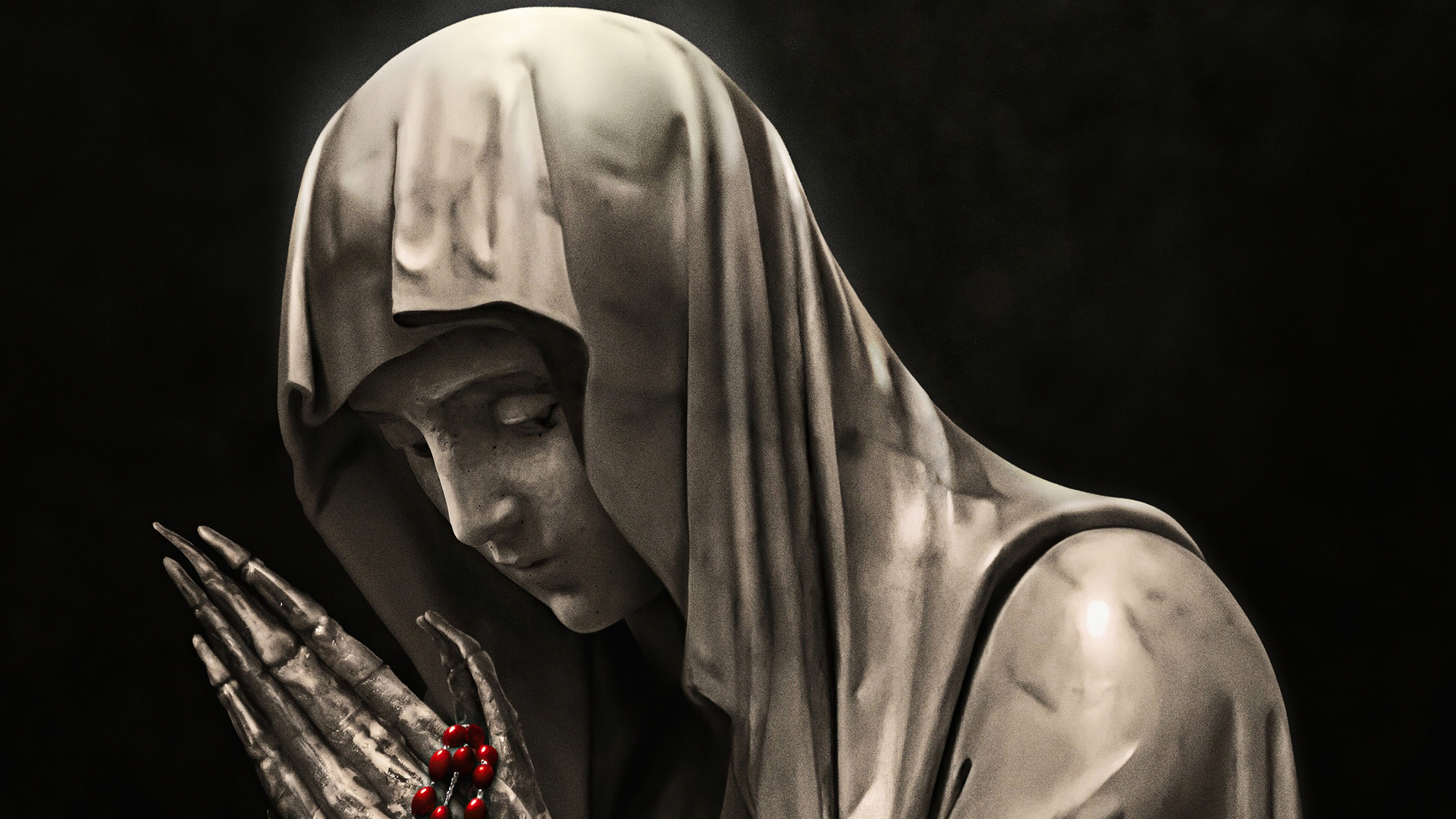

In this movie, we see the most common anti-Catholic stereotypes and a dangerous pandering to the bloating of the power of Satan and his demons. What stands out is the main theme of portrayal of the Mother of God in various forms of evil with bleeding Virgin statues, corrupted and disintegrating holy images of Mary and the central protagonist of a demon in the form of a dark, burning and horrifying Virgin Mary. The trailer shows a repetition of a classic Catholic horror film – shadowy nuns, corrupt and unfaithful priests, burning crosses and more. However, terrifying events occur with increasing frequency, and the journalist begins to wonder if the events and miracles are the work of the Virgin Mary or a darker power. As a result, she gathers a worldwide following and a retired journalist decides to do a story on the girl to try to revisit his career. The movie’s own website points out: “On the holiest weekend of the year comes ‘The Unholy.’” The plot, as we know from the trailer and released synopsis is based on a young half-deaf girl who is supposedly visited by the Virgin Mary, and afterwards is able to hear perfectly and perform miracles at will. This date was chosen deliberately as a direct contrast to the sacredness of the Triduum weekend. The “For where god built a church” quote was by Martin Luther, not Martin Luther King as stated in an earlier version.On March eighth, Sony announced that its new movie, The Unholy, would be released on Good Friday. This article was amended on 4 April 2021. The Unholy is released in the US on 2 April and on digital platforms in the UK on 2 August. The scariest thing about The Unholy is that he hasn’t disowned it. Raimi dragged us to hell back in 2009, but now his vision of hell is just a drag. The script’s many many shortcomings would perhaps be easier to forgive if the visuals were a little less shoddy, something that stings even more when one glances to the credits and sees producer Sam Raimi’s name. Morgan does his grizzled B-movie best, slightly better served by what he has to play with than his co-stars: a confusingly accented Cary Elwes as a local bishop and a stranded Katie Aselton as the town doctor who is somehow remarkably an expert in every single medical field. The jumps employed by Spiliotopoulos are equally unsuccessful, as overused as they are over-emphasised, that familiar orchestral crash doing all the work over and over and over again. The creature that acts as a servant of Satan, killed back in the 1900s in human form and returning through Alice, is all jagged movements, crunching bones and extended claws, a cribbed, indistinct design that’s too lacklustre to evoke any real scares. But Spiliotopoulos, best known for having a hand in workmanlike blockbuster scripts like Beauty and the Beast, Hercules and Charlie’s Angels, is a disastrously unsure hand behind the camera, never quite managing to conjure up even the slightest ounce of menace with dated, cheap-looking visuals and a distinct dearth of dread. It’s exhaustively well-worn territory but the premise does initially offer up the vague hope of an interesting spin, exploring the danger of automatic, unquestioning faith and a clear, juicy example of the Martin Luther quote “For where god built a church, there the devil would also build a chapel”.

Her miracles start to spread throughout the community but they rely on ultimate, unwavering belief in Alice’s new friend “Mary”, and when that is tested, all hell, or at least the most boring part of it, will break loose. His search takes him to a small New England town and Alice (newcomer Cricket Brown), a local hearing-impaired girl who claims she can now hear and speak because of a holy visitation. Plaudits are then earned for this but precious little else, writer-director Evan Spiliotopoulos taking an intriguing concept and doing the very least with it, disappointment soon turning to disinterest.īased on James Herbert’s 1983 novel Shrine, the plot follows disgraced journalist Gerry (Jeffrey Dean Morgan) as he tries to find a story worth getting paid for. But surprisingly here that isn’t the case and instead, The Unholy was actually in production as the pandemic struck, becoming one of the first films to grapple with the complexities of having to film around a deadly virus. It has the cursed aura of something shot three years ago, shelved and then dumped, a doomed hobble to the screen that’s become more commonplace in the last year as studios have understandably used the opportunity to offload their damaged wares.


 0 kommentar(er)
0 kommentar(er)
